Description
Product Model: IS210MACCH1AGG
Product Brand: GE (General Electric)
Product Series: Mark VIe / MACC family
Product Features (key strengths):
- Acts as a communication interface / processor in GE Mark VIe control systems, enabling data exchange, diagnostics, and protocol bridging
- Supports multiple protocols (Ethernet, RS-485, Modbus, Profibus) and redundant configurations for robust connectivity
- Designed to withstand industrial conditions (–40 °C to +70 °C, EMC/EMI ruggedness)
- Compact, modular design suitable for insertion in control cabinets, with embedded monitoring diagnostics and fault detection support
Main Article (shuffled structure)
Technical Features & Benefits
The IS210MACCH1AGG module is not just a passive interface card — it’s a capable communication engine in the Mark VIe ecosystem. It handles real-time data traffic, error detection, and protocol translation, all while maintaining high availability in critical systems.
One of its standout features is its support for multiple communication protocols: Ethernet, RS-485, Modbus, and Profibus are among those commonly supported. This versatility makes IS210MACCH1AGG a bridge between different subsystems—legacy I/O, SCADA, or remote devices—in a mixed stack environment.
Redundancy support is also baked in. The module can be deployed in redundant architectures so that a failure in one channel doesn’t bring down communication entirely. This design choice is especially critical in power plant, turbine, or process control settings where uptime is paramount.
Because it’s engineered for harsh industrial environments, the IS210MACCH1AGG operates in temperatures from –40 °C to +70 °C. It is built with rugged EMI/EMC tolerance to resist noise, making it reliable even in electrically noisy control rooms or near high-power equipment.
Diagnostics and embedded monitoring are a key part of its value. The module provides status feedback and fault detection capability, enabling early warning of communication degradation or hardware anomalies.
Its modular, plug-in design means that upgrades or swaps can be simpler. In many GE Mark VIe racks, the IS210MACCH1AGG can be slotted into the appropriate communication bay, with standard connectors and form factor.
In field experience, operators often rely on the module’s diagnostics to preempt failures: for example, detecting intermittent packet loss or port errors before they lead to process trips.
Applications & Industry Context
In real-world industrial systems—power plants, turbines, petrochemical plants, and large automation installations—communication is as critical as logic or sensor I/O. The IS210MACCH1AGG finds its niche in precisely these environments.
In a typical gas or steam turbine control cabinet, the Mark VIe controller core handles logic and control loops, while the MACC interface module (such as IS210MACCH1AGG) handles the data exchange to I/O racks, field devices, supervisory systems, and redundancy buses. In effect, it’s the traffic manager that ensures data flows reliably, deterministically, and with error resilience.
In power generation plants, the module is used to interface the turbine control logic with SCADA, historian systems, or remote diagnostics nodes. Because turbines often run under tight performance margins, any lag or communication fault can have cascade impacts. The redundancy and protocol support in IS210MACCH1AGG help mitigate that risk.
In chemical, petrochemical, or refinery environments, the module helps tie together distributed control subsystems, sometimes bridging older fieldbus equipment (Modbus, Profibus) with modern Ethernet backbones. Its flexibility makes it useful in hybrid architectures.
Another usage area is when plants are retrofitting automation systems: replacing older controllers while needing to preserve legacy devices or field wiring. IS210MACCH1AGG offers a path to integrate older I/O or protocol devices without full rewiring.
Because control rooms can be noisy electrically, near drives, motors, transformers, or heavy equipment, a module with good EMI robustness matters. Installing the IS210MACCH1AGG with proper shielding and grounding ensures reliable link stability.
In short: when your control logic module needs a dependable, flexible communication hub in a demanding industrial environment, the IS210MACCH1AGG is often a go-to in Mark VIe systems.
Technical Specifications Table
Below is a representative specification summary for IS210MACCH1AGG, based on publicly available sources:
| Specification | Typical Value / Range |
|---|---|
| Model | IS210MACCH1AGG |
| Manufacturer | GE (General Electric) |
| Product Type | Communication Interface / MACC Processor Card |
| System Compatibility | GE Mark VIe control system |
| Input Power | 24 V DC (nominal) |
| Communication Interfaces | Ethernet, RS-485, (other industrial buses such as Profibus, Modbus) |
| Redundancy Support | Dual / redundant communication channels |
| Operating Temperature | –40 °C to +70 °C |
| Physical Size | ~100 mm × 100 mm × 25 mm (typical card form) |
| Weight | ~0.5 kg (approximate) |
| Diagnostics | Embedded fault detection, status feedback, monitoring ports |
| Protocol Support | Modbus, Profibus, Ethernet/IP, other standard industrial protocols |
| Environmental Tolerance | EMC / EMI compliance, rugged for control room environment |
Note: Because this module is part of a proprietary control system family, always refer to your Mark VIe system’s field manuals and installation documentation for exact revision-level specs, connector pinouts, and thermal derating.
Product Role & System Fit
Within a Mark VIe control system, the IS210MACCH1AGG occupies a key slot: the MACC (Multi Application Converter Controller / Communication) position. It ties the central control logic or supervisory modules to the external world—field devices, I/O racks, networks, and diagnostic systems.
It is not a pure I/O card, nor is it the main logic CPU — rather, it’s a communication and interface hub. The logic core might issue control commands or loops, but IS210MACCH1AGG ensures that I/O data, sensor feedback, alarms, or supervisory messages reach their destinations with integrity.
Compatibility is a major strength: the module is engineered to fit seamlessly into GE’s Mark VIe backplane architecture, with matching connectors, mechanical form, and signal paths. That makes retrofits and upgrades easier, since you don’t need to rework the cabinet layout or backplane.
In redundant systems, you may deploy two of these modules in parallel; should one module or channel fail, the system can continue communications over the redundant path, with minimal interruption. That’s often a requirement in power generation or process control environments where communication downtime can lead to critical fault conditions.
Because IS210MACCH1AGG supports multiple protocols, it can serve as a bridge between different network segments—e.g. converting or routing between Modbus/Profibus field segments and Ethernet-based supervisory networks. That flexibility is especially attractive in plants with mixed legacy and new devices.
One caveat: because performance demands (data throughput, latency, error rates) vary with process complexity, you must size the communication paths accordingly. Overloading the module beyond its practical capacity (too many high-frequency messages, large datasets, or too many interfaces) can degrade performance. In those cases, splitting traffic, deploying duplicate modules, or optimizing polling is advisable.
- IS210MACCH1AGG
- IS210MACCH1AGG
Installation & Maintenance Insights
Proper installation and ongoing maintenance of IS210MACCH1AGG are essential to ensure uninterrupted data flow in your control system.
Installation Tips
- Power down before insertion: Always remove module power or de-energize the backplane before insertion or removal to avoid transient spikes or connector damage.
- Connector alignment: Take care to align the card’s connector smoothly with the backplane. A slight skew can bend pins or cause poor contact.
- Grounding & shielding: Use low-impedance grounding and shielded cable runs, especially on RS-485 or Ethernet lines. A poor ground is often the culprit in intermittent comms errors.
- Ventilation clearance: Leave space around the module for airflow. Even though the card may not generate huge heat, adjacent modules can, and stacking too tightly can create hotspots.
- Cable strain relief: Secure communication cables to avoid mechanical stress being transferred to the module connector.
- Segregate signal paths: Keep high-voltage, power, or noisy wiring physically separate from communication lines to reduce EMI coupling.
Maintenance & Troubleshooting
- LED / status check: Monitor onboard or cabinet status LEDs. These often show link status, fault codes, or error conditions — early warnings before system-level faults.
- Diagnostic logs: Use your Mark VIe system’s logs to track communication errors, retries, timeouts, or CRC failures. Sudden increases can signal connector wear or cable degradation.
- Clean periodically: Dust accumulation, corrosion, or conductive debris can interfere with signal integrity. Use dry compressed air or approved cleaning methods. Avoid liquids unless absolutely safe and specified.
- Inspect connectors: Annually inspect connectors for oxidation, loose mating, bent pins. In vibration-prone plants, connectors can loosen subtly over time.
- Firmware / revision checks: Before swapping in spares, verify that the firmware / revision of the replacement matches the system’s supported version. Mismatches can cause incompatibility or diagnostic issues.
- Spare module preparation: Keep a known-good IS210MACCH1AGG spare, labeled with its revision and firmware. In emergencies, swapping quickly can restore communication paths without waiting for repair.
- Redundancy testing: Periodically simulate failure of one communication channel or module to validate that the redundant path continues uninterrupted. Don’t wait for a real fault to find out your redundancy isn’t working.
In one field case, an aging communication cable’s shield partially broke near a module. The system began intermittently losing packets. The operator traced it via increasing error counts in the MACC module diagnostics, replaced the cable, and avoided a forced plant shutdown — demonstrating the diagnostic value of the IS210MACCH1AGG.
Related Models & Variants
Below are a few related or variant modules in the Mark VI(e) / MACC family, with brief comparison notes:
- IS210MACCH1AKH — A sibling variant, often same form and slot, different revision or variant labeling.
- IS210MACCH1AJH — Another revision in the MACC line, possibly with enhancements or firmware changes.
- IS210MACCH2AEG — A “2”-series variant, perhaps offering higher throughput or alternate features.
- IS210MACCH2AGG — A second-gen version of MACC modules, deployed in newer or more demanding systems.
- DS200LDCCH1AGA — Though not in same module family, sometimes paired in converter/controller subsystems in GE setups.
When replacing or upgrading, always check mechanical, electrical, firmware, and system compatibility before interchange.

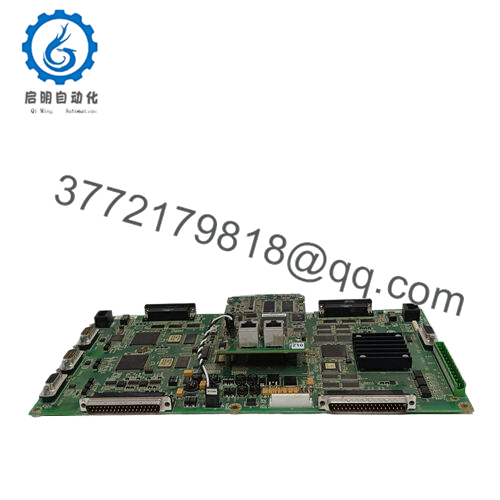
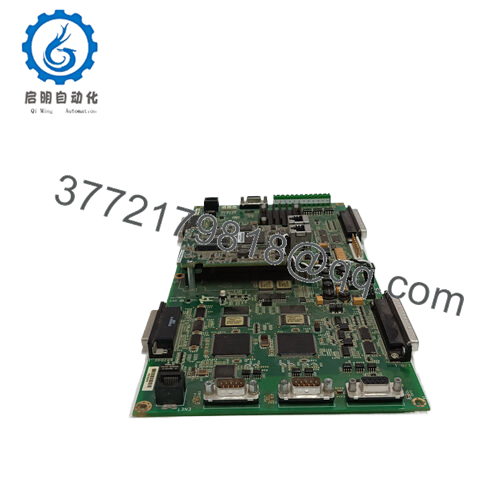
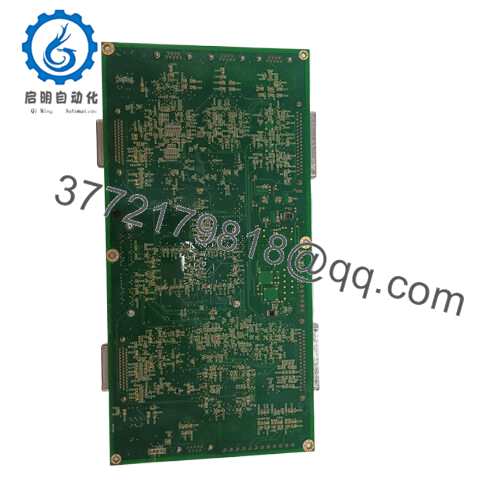
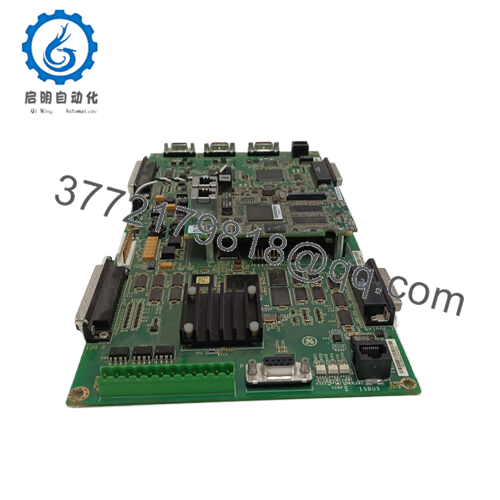
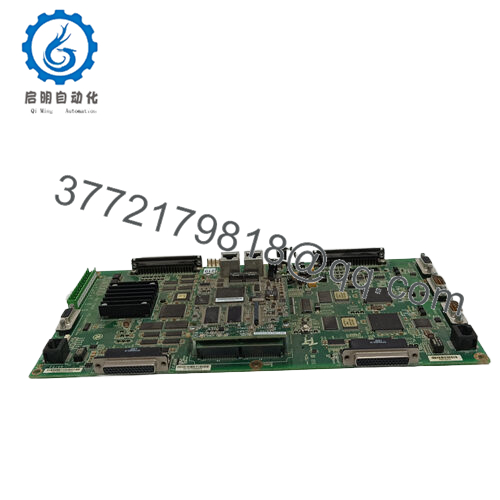
 WhatsApp: +86 16626708626
WhatsApp: +86 16626708626 Email:
Email:  Phone: +86 16626708626
Phone: +86 16626708626


